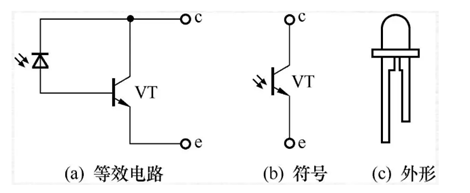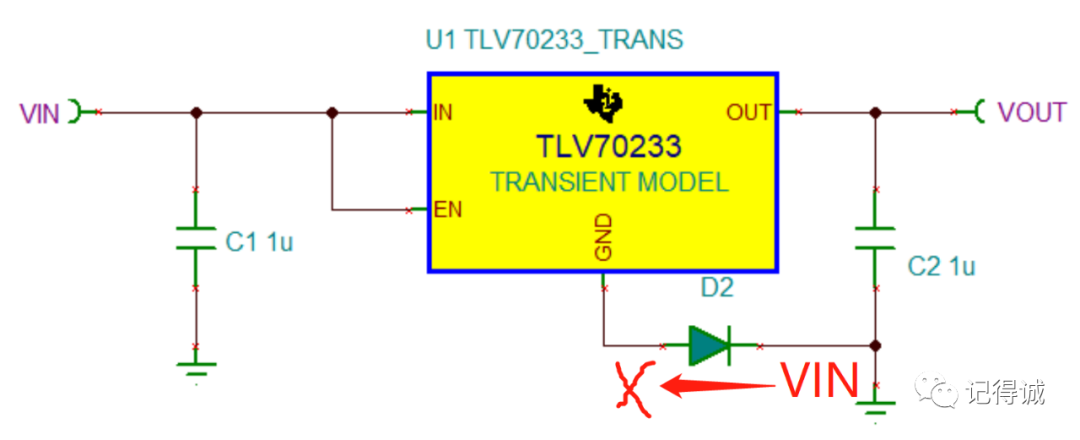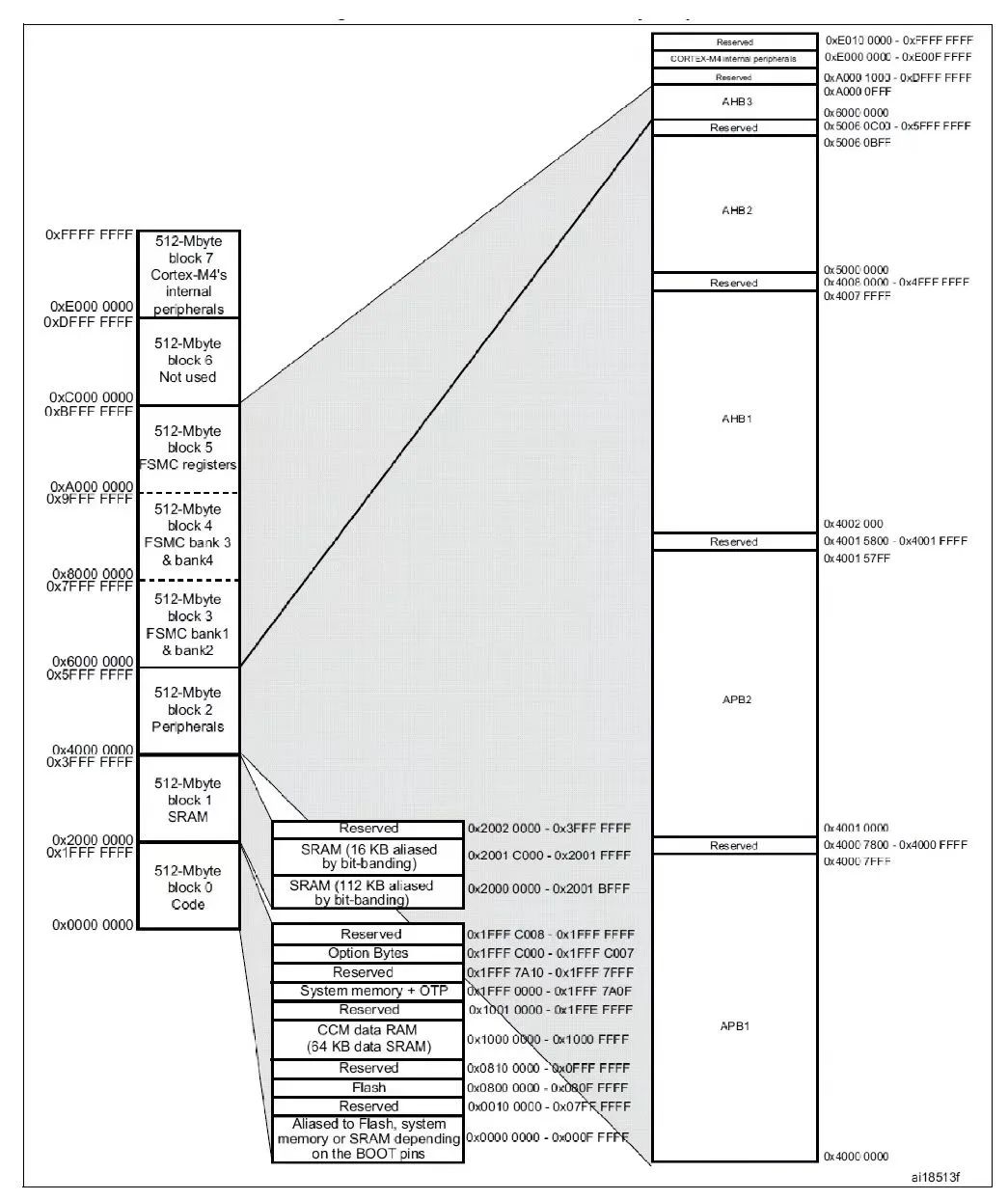1. 由于对arm汇编有些指令还不能了解,特别是一些相似功用指令间的差异。偶尔在网上搜到“faq ARM assembly”,其间描绘的几个问题仍是值得好好研讨一下。
2. 渐渐的发现自己也不再惧怕英文的文档了,耐性看至少也能懂个大约。大批经典的文章和书本都是en文的,所以经常看英文文档是一个非常好的习气。看看GNU的一些reference manual,哪个不是经典而又值得学习并研讨的!
3. 学习他人写文档的风格,要点要注意条理性。能够把一个问题、一个知识点论述明晰了解,这不只需要对知识点的掌握,还需要杰出的言语表达能力以及对文章仔细、整齐的排版。我想,这些细节才能够表现一个人的水平和他所能抵达的高度。
—
本篇来看一下mov这个指令,相关指令 ldr
Question on MOV
Does the instruction “Mov” have indirect addressing?
Answer. No, e.g. you cannot use mov r1,[r2]
“MOV loads a value into the destination register, from another register, a shifted register, or an immediate 8-bit value.”
Examples:
MOV R0, R1 if R1 has 0x01234, after this ,R1=R2=0x01234
MOV R0, #0x12; after this R0 has #0x12
MOV R0, #300; is wrong the value should be less than 255
MOV R0, 200; is wrong, # is missing “mov R0,#200: is correct
Note: the immediate value must be prefixed by #
从上面的描绘能够看出,mov的效果有两个:
1. 在寄存器之间传递值。
2. 给寄存器传递一个当即数,此刻需要用“#”来润饰当即数,而且当即数为8位的,其值不能超越255.
可是在vivi中的head.S里,有许多相似 mov r1, #0x53 的句子:
简略的写几句汇编,测验一下:
.global _start
.align 0
_start:
mov r1, #0x12
mov r2, #300
mov r3, #0x53
.end
这样,编译并没有报错。
反汇编后如下
8: e3a01012 mov r1, #18 ; 0x12
8004: e3a02f4b mov r2, #300 ; 0x12c
8008: e3a03453 mov r3, #1392508928 ; 0x53
这是为什么呢?为什么用mov也能够?看其他汇编里都是写ldr r1, =0x53
将程序改一下:
.global _start
.align 0
_start:
mov r1, #0x12
mov r2, #300
ldr r3, =0x53
.end
汇编也没有报错,反汇编可看到如下三句话:
8: e3a01012 mov r1, #18 ; 0x12
8004: e3a02f4b mov r2, #300 ; 0x12c
8008: e3a03453 mov r3, #1392508928 ; 0x53
发现,ldr r3, =0x53 被通过汇编之后,实践上变为了 mov r3, #0x53 。可见,此处ldr相当于一个伪指令。
关于ldr,下面这段说的很清楚。在剖析汇编时,很重要一点便是辨明“地址” 和“地址里的内容”,对这个能娴熟掌握了,信任能对C言语中的指针有更深的了解。
Question on the use of LDR,ADR
Are there any difference between statement 1,2,3 in the following program?
Data1p DCD 0, 0 ;just happen the address is at 0x40
;DCD (reserve a 32-bit word)is a pseudo instruction to
;allocate a memory location for this data.
align
align
:
:
Statment1 LDR R0, =Data1p ; Put the address Data1p into R0
Statment2 ADR R0, Data1p ; Put the address Data1p into R0
Statment3 LDR R0, =0x40 ; Put the value0x40 into R0,
;just happen it is the address of Data1p
Answer: They are all the same. Every statement will generate the same result. Such that the address, not the data content, will be saved into R0. For example, the value in R0 is 0x40.
到这儿,信任必定对“mov”和“ldr”两个发生了一些疑问。(注:此处的ldr指的是伪指令pseudo-instruction,而不是内存到寄存器传递值的instruction)
下面的这段对两者的差异作了很全面的剖析。
Question on differences between LDR and MOV
What is the difference between MOV and LDR, they seem to have the same function of saving information into registers?
Answer part 1: How different are they?
Note: “#” for mov, “=” for ldr. To define an immediate value
MOV can only move an 8-bit value (0x00->0xff=255) into a register while LDR can move a 32-bit value into a register. The immediate value is prefixed by different characters in mov and ldr: “#” formov, “=” for ldr. E.g.
Mov r1,#255 ; ok, 255 is the biggest number you can mov
Mov r1,255 ; is wrong , missing #
Mov r1,#256 ; is wrong, the number is bigger than 255
Mov r1,#0x12340 ; is wrong, the number is bigger than 255
Ldr r1,=255; you can do this,
Ldr r1,=256; you can do this,
Ldr r1,=0x12340; you can do this,
1. MOV can run faster than LDR.
2. LDR can move a data from a memory address to a register, MOV can only i) move data between two registers or ii) save a 8-bit immediate value to a register. e.g.
value1 DCD 0; this define an integer variable “value1” with address “=value1”
:
;A standard pair of statements for moving a data into a register
Ldr r0,=value1 ; 1) save the address of the variable value1 in r0
Ldr r1,[r0] ;2)use r0 as the address (pointer) to get value1 to r1
r1 Note: Mov cannot be used to achieve the same result, because mov,[r0] is not allowed
Answer part 2 : How similar are they?.
MOV is a real instruction, LDR is a pseudo instruction. If the immediate value is small, the assembler will use “mov” to implement it , otherwise it uses a literal pool to achieve the result.
e.g.
ldr r0,=14; the immediate value 14 <255, so it will be implemented using mov r0,#14, (see the use of # and = ) but if the immediate value is large than 255, e.g.
The assembler will generate code to place the constant 0x55 ldr r0,=0x55; for a large immediate value “mov” does work.in a nearby table in the code area. Then it uses an instruction to load a data from that table pointed by the program counter and an offset to fill up r0. The reason is because there is no way to fit a 2-bit data into a 32-instruction, and ARM design always want to make sure instructions are 32-bit. Details can be found athttp://www.keil.com/support/man/docs/armasm/armasm_chdcegci.htm
see also the directive “LTORG” for how to setup the table. Usually it is placed at the near by code area. You don’t need to worry too much because everything is automatic; you only need to place “LTORG” at the end of the code area as shown in the example at Keil.
可是我在看完上面这段话之后仍是存在疑问:为什么”mov r3, #0x53”是可行的呢?
http://www.keil.com/support/man/docs/armasm/armasm_cihcdbca.htm
这个网页上对mov做了一些阐明,截取有关当即数的部分如下:
Syntax
MOV{cond} Rd, #imm16
where:
imm16
is any value in the range 0-65535.
能够看到,这儿说 当即数是16位的。
看到这儿,的确把自己弄糊涂了。理清一下:
第一个说imm为8位是在网络上搜的一分材料,没有什么权威性,其可信程度也值得置疑。
第二个是keil官司方网站里关于arm汇编的阐明。
别的,在《arm体系结构与编程》这本书里,并没有说当即数的详细规模,在26页有一句:
mov r0, #0xfc0
显着当即数大于255了。
在144页有说到,“ldr伪指令读取的数据超越mov操作规模”。这阐明mov可操作的当即数是有必定规模的,且比ldr小。
再来剖析一下当即数的发生,其寻址方法是这样的:
11 8 7 0
+-+-+
Rotate Imm
+-+-+
[7:0] Unsigned 8 bit immediate value
[11:8] Shift applied to Imm
The immediate operand rotate field is a 4 bit unsigned integer which specifies a shift operation on the 8 bit immediate value. This value is zero extended to 32 bits, and then subject to a rotate right by twice the value in the rotate field.This enables many common constants to be generated, for example all powers of 2
1. 取低8位,先用0扩展为32位数
2. 将所得32位数循环右移 2*Rotate位,Rotate为[11:8]
来剖析一句:mov r2, #300。反汇编如下:
8004: e3a02f4b mov r2, #300 ; 0x12c
当即数是直接放在指令内部的。
1. 取其低8位:0x4b
2. 扩展为32位:0x0 004b
3. 2*Rotate = 2*15 = 30
4. 循环右移30位(相当于左移2位)。即0100 1011 左移2位,得到1 0010 1100 ,即0x12c,十进制等于300
关于0x53的计算方法也是相同的。 mov r1, #0x53 这样写的确是可行的。
–
总结:关于mov 操作当即数时的操作规模,现在仍是不确定。但通过这么多的剖析以及实践写的几句测验代码,至少能够阐明在Linux里,用arm-linux-as来编译,mov是能够操作32位的当即数的,否则vivi怎么编译成功。(置疑是否这跟实践汇编器相关。)









